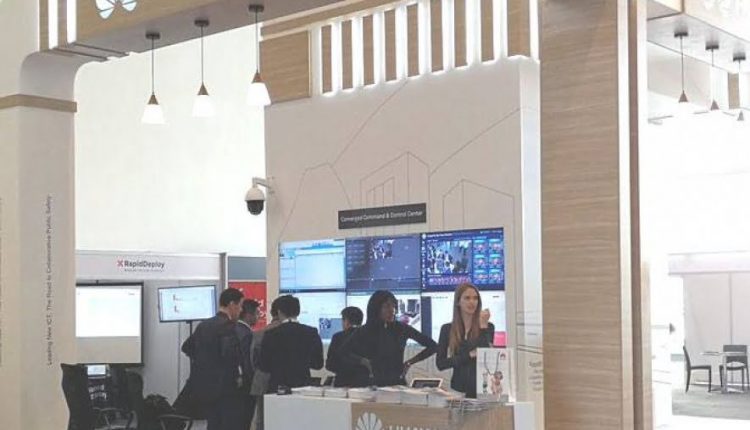By Catherine Muema
In summary
- In Africa, the average broadband penetration rate sits at less than 1%, while 80% of connected households have to make do with bandwidth of less than 2Mbp/s
- 148 countries around the globe have proposed national broadband strategies to enhance the broadband penetration rate and internet experience
- WTTx broadband can also be used interchangeably with FTTx in the event that a user has a higher experience requirement; to not only improve user experience but also to increase revenue for the operators
- Huawei’s innovative ICT solutions, products and services are used in more than 170 countries and regions, serving over one-third of the world’s population
Global ICT service provider Huawei Technologies has introduced a cost effective broadband solution with an aim of making internet available in densely populated urban areas and remote and sparsely populated areas without access to fiber in Africa.
The broadband solution, WTTx, is based on 4.5G wireless broadband technologies, and carrier aggregation which provides bandwidth of over 1 Gbp/s; significantly improving spectrum efficiency and affording home users a fibre-like experience.
“Internet penetration remains a major challenge in Kenya and in Africa as a whole, and it is for this reason that Huawei Technologies has worked to provide an affordable solution that provides the same user experience as fiber. WTTx enables operators to roll-out high-speed home and business broadband quickly, whilst reducing infrastructure costs which increases their return on investment and ensures a great service for consumers”, said Adam Lane, Senior Director Public Affairs, Huawei Kenya.
In Africa, the average broadband penetration rate sits at less than 1%, while 80% of connected households have to make do with bandwidth of less than 2Mbp/s. While approximately 20-million households in the region are in dire need of access to broadband.
WTTx broadband provides a high-gain plug and play customer premise equipment (CPE) – a wireless household gateway – which is used to provide the entire range of mobile broadband (MBB) services for end users, including video broadcasts, VoIP, enterprise networks, and even VR movies, and gaming.
It does not require pole or cable installations because the operators can leverage on existing 4G base stations for WTTx, significantly reducing network deployment time and costs, while also helping operators to increase their monthly average revenue per user (ARPU).
While copper cables and/or optical fibre have been the preferred option because of their delivery of stable and fast home broadband; it is often most feasible for urban areas with dense populations and favorable economic conditions – thus leaving out the population beyond the urban areas due to challenges in deploying infrastructure.
Statistics by the International Telecommunication Union (ITU) show that 148 countries around the globe have proposed national broadband strategies to enhance the broadband penetration rate and internet experience. Many operators in sub-Saharan Africa consider WTTx as a top priority, and have provided WTTx broadband access to over 1 million households by 2017.
WTTx broadband can also be used interchangeably with FTTx in the event that a user has a higher experience requirement; to not only improve user experience but also to increase revenue for the operators. WTTx can also be used concurrently with FTTx in areas that have FTTx networks to gain broadband users faster, as well as shorten and improve the OI periods.
WTTx has helped operators to develop and gain revenue in an uncontested market, and the technology is expected to be a key contributor to increasing broadband penetration and connecting ‘the next billion’.
Huawei aims is to enrich life and improve efficiency through a better connected world, acting as a responsible corporate citizen, innovative enabler for the information society, and collaborative contributor to the industry. Driven by customer-centric innovation and open partnerships, Huawei has established an end-to-end ICT solutions portfolio that gives customers competitive advantages in telecom and enterprise networks, devices and cloud computing.
Huawei’s 180,000 employees worldwide are committed to creating maximum value for telecom operators, enterprises and consumers. Our innovative ICT solutions, products and services are used in more than 170 countries and regions, serving over one-third of the world’s population. Founded in 1987, Huawei is a private company fully owned by its employees.


